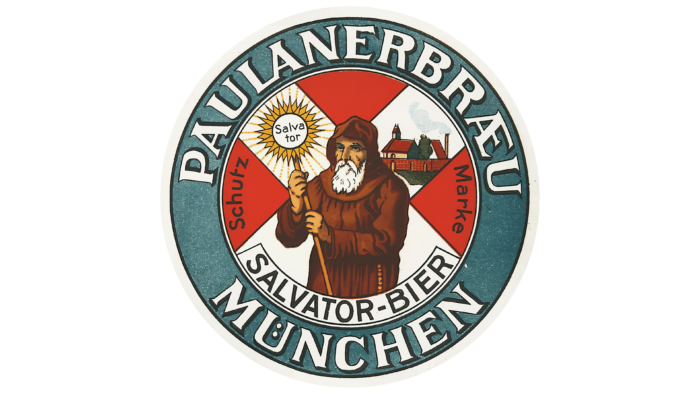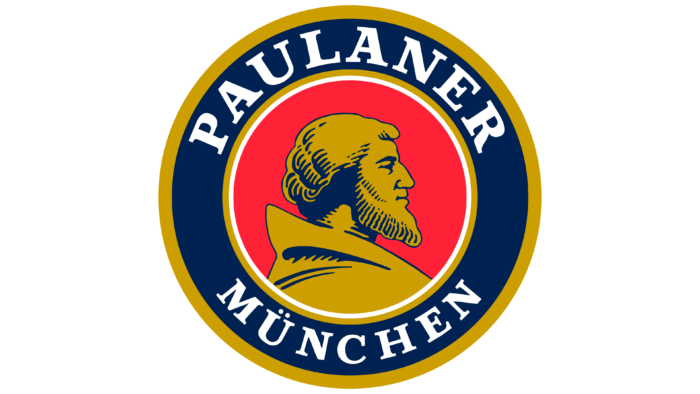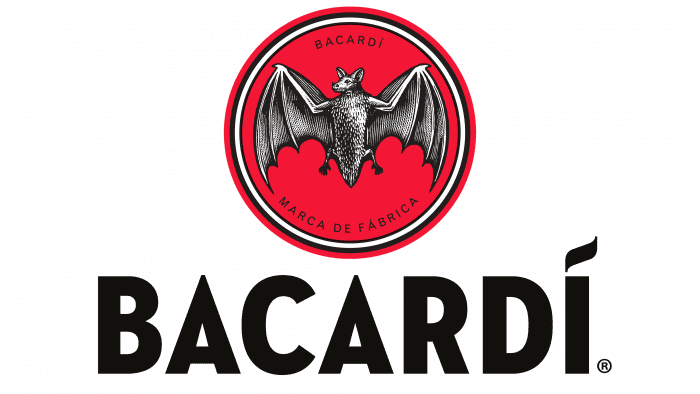The Paulaner logo represents the inspiration behind the drink with deep reverence. Elements connect the past with the present. An ancient recipe developed by the monks helps the company achieve stability, a strong position, and universal love.
Paulaner: Brand overview
| Founded: | 1634 |
| Founder: | Paulaner Brauerei Gruppe GmbH & Co. |
| Headquarters: | Munich, Bavaria, Germany |
| Website: | paulaner.com |
Meaning and History
Not every brand can boast such an impressive history. The beer of this brand appeared in the early 17th century. The monks of the Paulaner order started brewing the beer in honor of the beloved Saint Salvatore of Horta (Savior of Horta). That is why customers nicknamed the beer Paulaner Salvator. A century and a half after its appearance (from 1806 to 1928), the baton was continued by the secular brewer Franz Sacherl, who bought the former monastery premises. Under the new owner, the beer was produced under the brand name Salvator. It was only in 1994 that it got its final name.
The company adheres to traditions and values of brand recognition and popularity. Therefore, since the appearance of beer, the visual sign has not changed so often. However, each logo contains the maximum historical information about the drink.
What is Paulaner?
Paulaner is an old family company from Germany that produces authentic Bavarian beer. It not only revives the Munich art of brewing but also supplies its products abroad: its premium quality alcohol is known in more than 70 countries worldwide. Founded in 1634, the monastery brewery has come a long way in its development and has become a legend in the food industry.
Old
In 1928 the brewery had a new owner Paulaner Brauerei AG, under whom the visual image most likely appeared.
The logo was a circle. This shape is a rather ambiguous symbol in the beer world. It is associated with the beer mug stands, keg bottoms, beer bottle caps, beer glass legs, and pub signs.
Modern information about the brand was placed on the outer blue strip of the circle. At the top is the modified name of the producing company: PaulanerBraue. It comes from the order of monks who first brewed the beer, Paulaner. The servants of God were so-called because of Paola, the birthplace of Francis, the founding monk of the order. The elder lived in Italy in the 15th century and is recognized by Catholics as a saintly hermit.
At the bottom of the logo was the city’s name where the brewery was located: Munich.
The inner part of the logo contained information about the brand’s history. In the center of the circle was a picture of Francis himself in a monk’s robe. In his hands, the friar holds a stick with the name of another saint – Salvator, who was revered in Calabria, where Francis was born. The Paulaner order revered the healer Salvator and named their beer after him. It is indicated on the logo below the image of the monk.
The background of the circle is a red flag with a white cross, reminiscent of the flag of the Holy Roman Empire, where the first Paulaner beer was brewed. And also the coat of arms of the city of Cagliari in Italy, where St. Salvator ended his days.
On the back of the monk is an image of Munich and the old monastery brewery. And on the sides is the inscription “schutz marke” – a registered brand.
before 2020
The visual mark was renewed towards the end of the 20th century after the brewery became Paulaner GmbH und Co. KG and the beer were Paulaner. A reminder of the previous owner and St. Salvatore was removed from the old emblem.
The new logo consists of a round logo, the name of the brand, written in capital letters with serifs, and a thin, elegant gold inscription with the year of foundation on either side of the logo.
The image of Francis has been made more modern. The saint is drawn in profile, looking forward. It is as if he is blessing the beer to move into the future and watching its development. On the whole, the visual sign imitates an old Bavarian commemorative coin, in the center of which the image of the king was usually minted. This is particularly symbolic since the monk was an advisor to the country’s three monarchs. The saint’s profile is made in gold, further strengthening the association.
The circle has a dark red background, which was leftover from the flag of the last logo. The color has become darker and closer to a noble red. Therefore, it is associated not only with the flag but also with the times of kings.
On the edge of the circle is still a wide dark blue band, but already with a gold border. Germans associate the color blue with tradition. In addition, Francis was considered the patron saint of sailors.
On the blue band in white letters is written the name of the brand and city of production – Munich. The white color is a symbol of purity. The brewery still adheres to the 16th-century purity law, limiting the list of real beer ingredients. The company has an impeccable past. In addition, the purest artesian water from ten thousand years ago is used for production. The brewery also has its own “Paulaner engagiert” program, which cares about environmental protection. The white color is also associated with coolness. In 1881 Paulainer was the first to install an ice machine and start producing year-round foam. The company also owns the first recipe for a non-alcoholic light beer.
As the founding year, the emblem shows 1634. However, this is an approximate date. It is based on a written complaint of the Munich brewers about the competition of the monastery. This means that the beer was already known and popular before. The inscription is made in elegant monogram letters. Both the gold color and the antique font indicate the venerable age of the drink.
The brand’s name under the round emblem is written in large antique blue letters with serifs and gold edging. This shows a premium beer with a rich history. Like the first P, the center letter A is capitalized and has an unusual serif. This divides the word into two parts. The first part in German is the name of the city of Paola, Paula, and the word “aner” is translated as “record” and makes up the root of the words: heir. This division in the name emphasizes that the recipe for the beer was inherited from Paola and that it was brewed by the followers (heirs) of the saint from Paola.
2020 – today
In January 2020, it became known that the German design studio Higgins Design GmbH had redesigned the Paulaner logo to make this company attractive to the younger generation. As a result, the colors took on a darker hue. However, they may vary depending on the label’s design on which the emblem is located.
All elements are located in the same place where they were before the redesign. In the center of the red circle is a stylized portrait of Francis of Paola, founder of the order of the Paulani monks. The blue ring contains the names of the brand and its hometown. The word “PAULANER” is duplicated at the bottom, and the year the brewery was founded is 1634. The company is proud of its centuries-old history and continues to use it as a marketing tool.
Font and Colors
The brand’s main colors are royal blue, red, and gold.
- Blue is the water element, the depth of centuries, faithfulness to tradition.
- Red – country flag, people’s love, the triumph of Oktoberfest, where the beer deserved everybody’s approval.
- Gold – premium, golden color of beer, antiquity, value.
The font of the main inscription is Accolade EF Bold. To indicate the year of the beer’s appearance, the old English font English 111 Std Vivace was chosen.
Paulaner color codes
| Red | Hex color: | #c20430 |
|---|---|---|
| RGB: | 194 4 48 | |
| CMYK: | 0 98 75 24 | |
| Pantone: | PMS 185 C |
| Misty Moss | Hex color: | #afa46f |
|---|---|---|
| RGB: | 175 164 111 | |
| CMYK: | 0 6 37 31 | |
| Pantone: | PMS 4515 C |
| Space Cadet | Hex color: | #011e41 |
|---|---|---|
| RGB: | 1 30 65 | |
| CMYK: | 98 54 0 75 | |
| Pantone: | PMS 2768 C |









